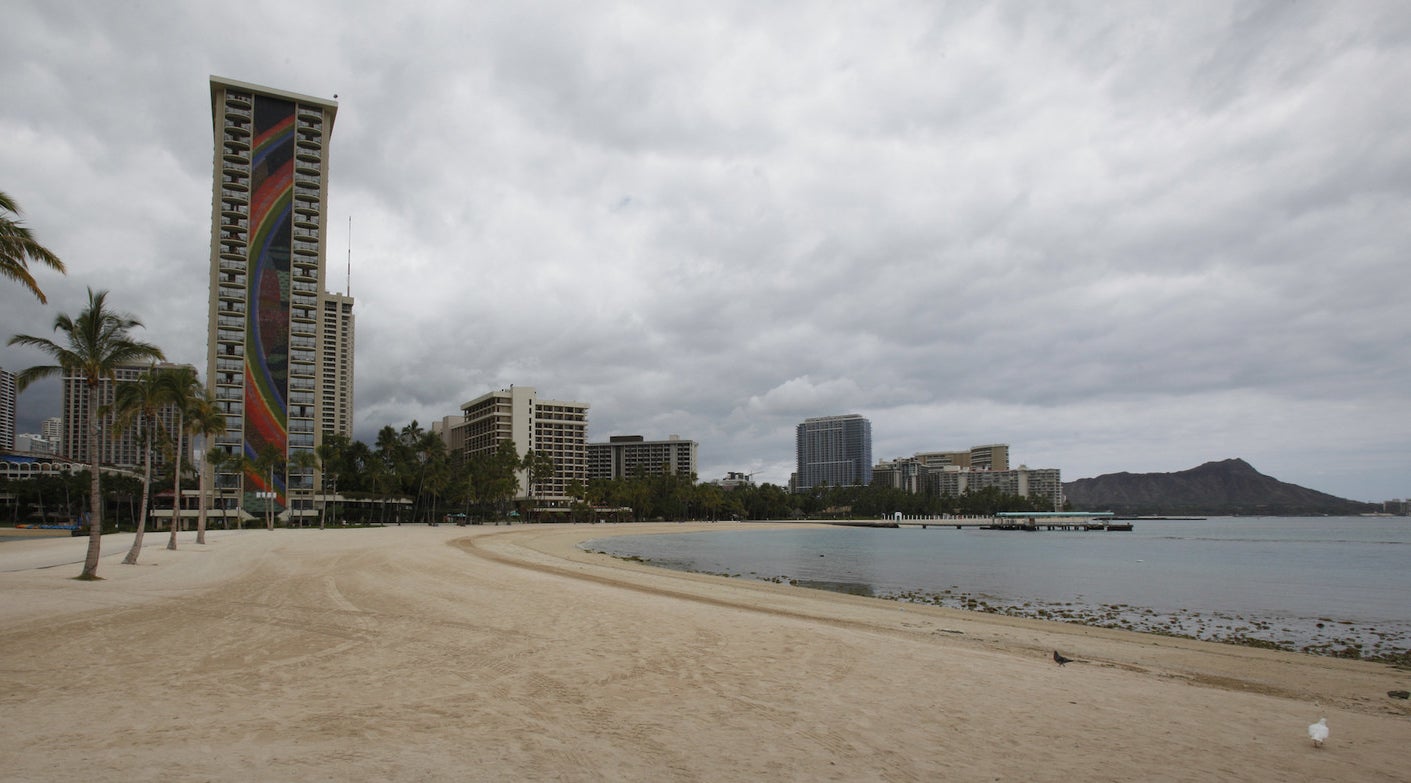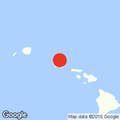On Saturday, more than a million residents and visitors in Hawaii received a shocking alert on their cell phones warning that a "ballistic missile" was inbound, sparking widespread fear and panic.

The alert turned out to be false, but it wasn't corrected for nearly 40 minutes, and came amid rising tensions with North Korea.
North Korean leader Kim Jong Un has launched at least 10 missile tests since President Donald Trump took office, including the country's first successful intercontinental ballistic missile test last summer.
Pyongyang has claimed that it could carry a nuclear warhead, but it has not actually demonstrated the capability of having the payload survive re-entry into Earth's atmosphere, according to a Hawaii Department of Defense official who spoke with BuzzFeed News.
In September, North Korea did detonate a nuclear test, which showed that they may be able to produce a weapon in the range of about 100 kilotons, the defense official said.
In Hawaii, there's little defense against a missile attack, as the state does not have its own interceptors. Instead, they are located in Alaska and California and have been used to successfully shoot down test versions of North Korean missiles.
Hawaii launched a preparedness plan last year for what people should do in case North Korea does fire a missile at the state. In December, officials restarted statewide testing of Cold War–era sirens meant to warn of a nuclear attack.
US Sen. Brian Schatz of Hawaii said after the false alert was sent that it "terrified residents and visitors, and it undermined our ability to notify the public in a real emergency."
Olivia Griffin, an 18-year-old student at the University of Hawaii, described to BuzzFeed News in an interview on Sunday a scene of chaos around the dorms on campus after the alert was sent, with students running to concrete classrooms.
"I just sprinted and was calling my parents and I really didn't know what to do," Griffin said about the moment after she got the alert. "The building I ran to was actually locked."
"When I first got there, there were guys just trying to break down the door," Griffin said. "We ran somewhere else, but nothing was open. Finally, one of the professors came and opened a door and everyone just sprinted in."
In a worst-case scenario, a single 150-kiloton nuclear weapon detonated over Pearl Harbor on the island of Oahu could potentially kill 18,000 people immediately and leave 50,000 to 120,000 others injured across a six-mile diameter, according to a Hawaii Department of Defense official who spoke with BuzzFeed News.
About 950,000 people live on Oahu and another 220,000 visitors are on the island on any given day, according to the Hawaii Tourism Authority.
It's not known if North Korea can accurately target a specific location, and a realistic scenario would likely cause fewer deaths.
In Hiroshima, where the US detonated a 15-kiloton nuclear weapon in 1945, as many people, if not more, died from radiation sickness as from the initial blast.
Even in the worst-case scenario, more than 90% of people on the island would likely reside outside of the zone directly impacted by the bomb.
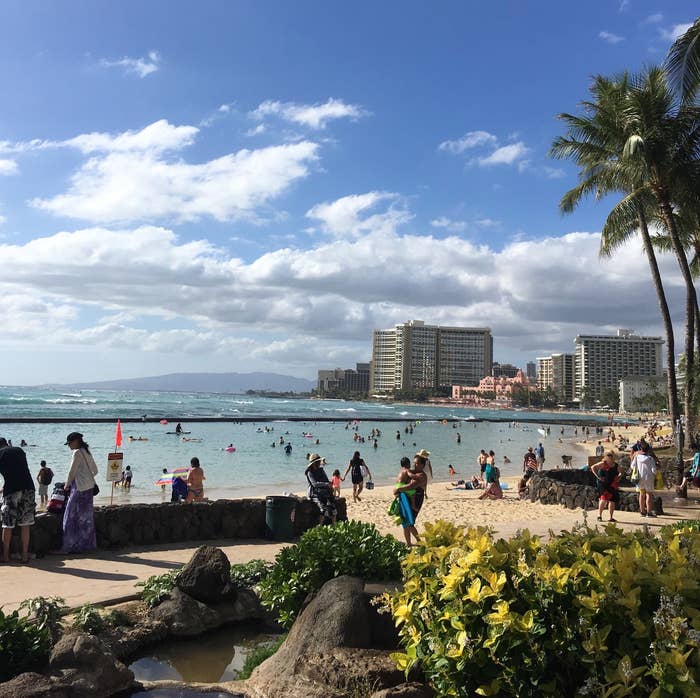
If North Korea is able to successfully launch a long-range missile with a nuclear warhead, which experts are still skeptical the reclusive nation is capable of, hundreds of thousands of survivors could be sickened by radioactive fallout.
BuzzFeed News spoke to officials with Hawaii's Department of Defense and Emergency Management Agency to learn what people should do in the event of an actual missile attack.
1. Have a plan set in advance and stay calm
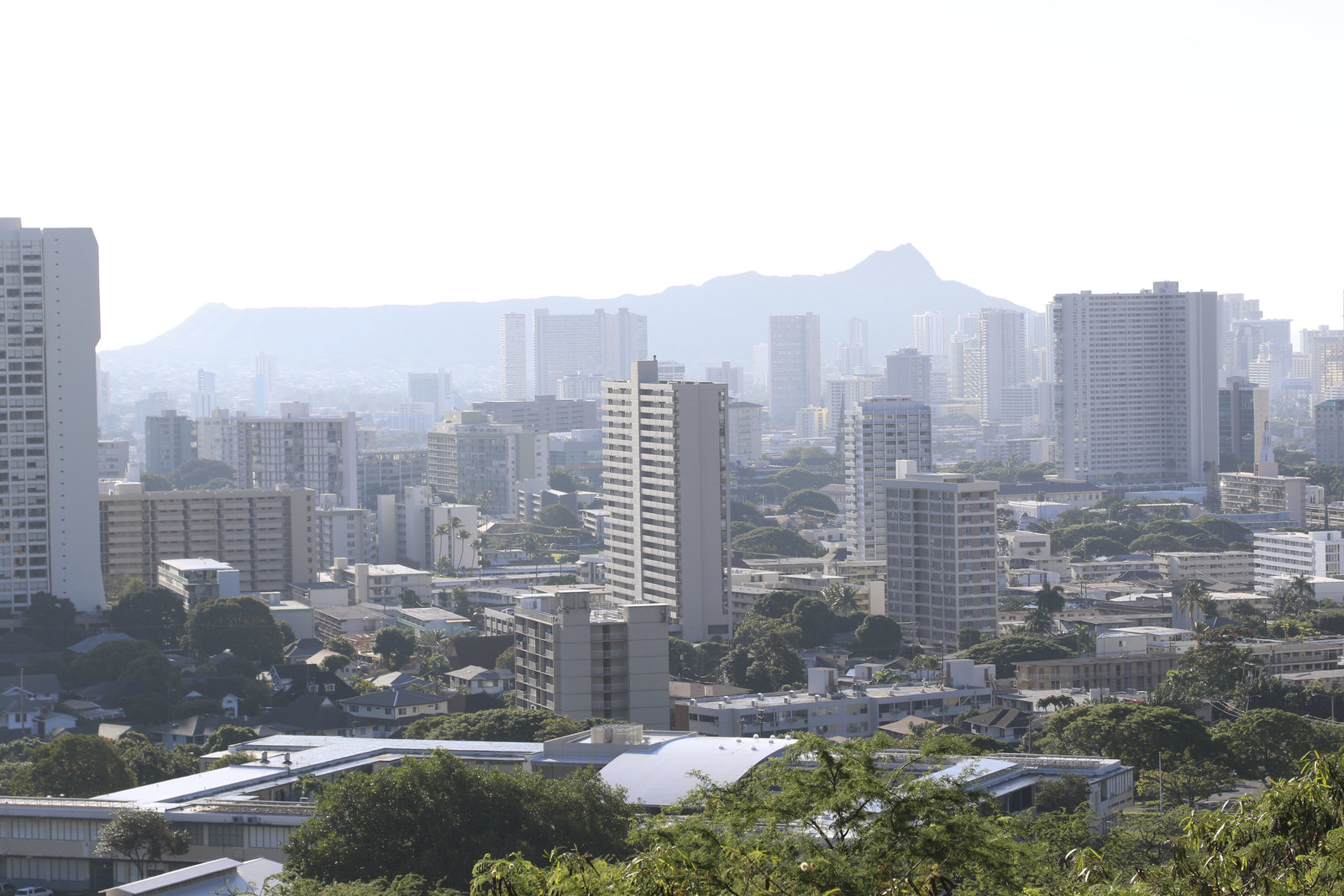
2. Seek shelter immediately
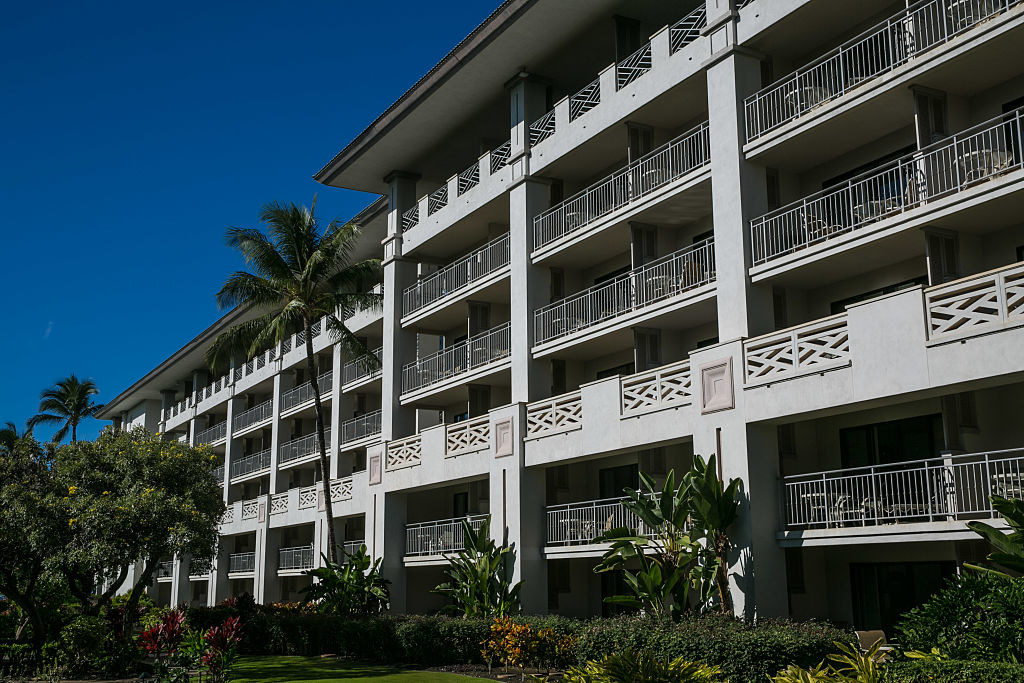
3. Have emergency supplies ready

4. Stay inside and stay tuned
